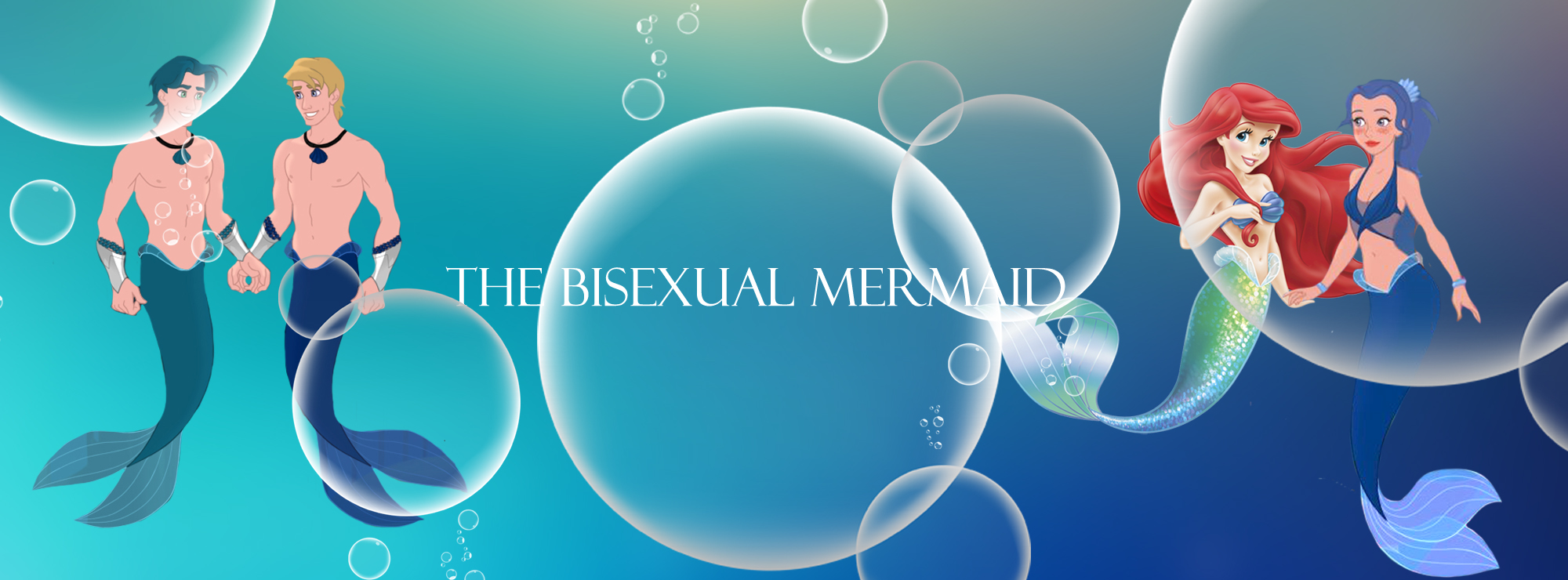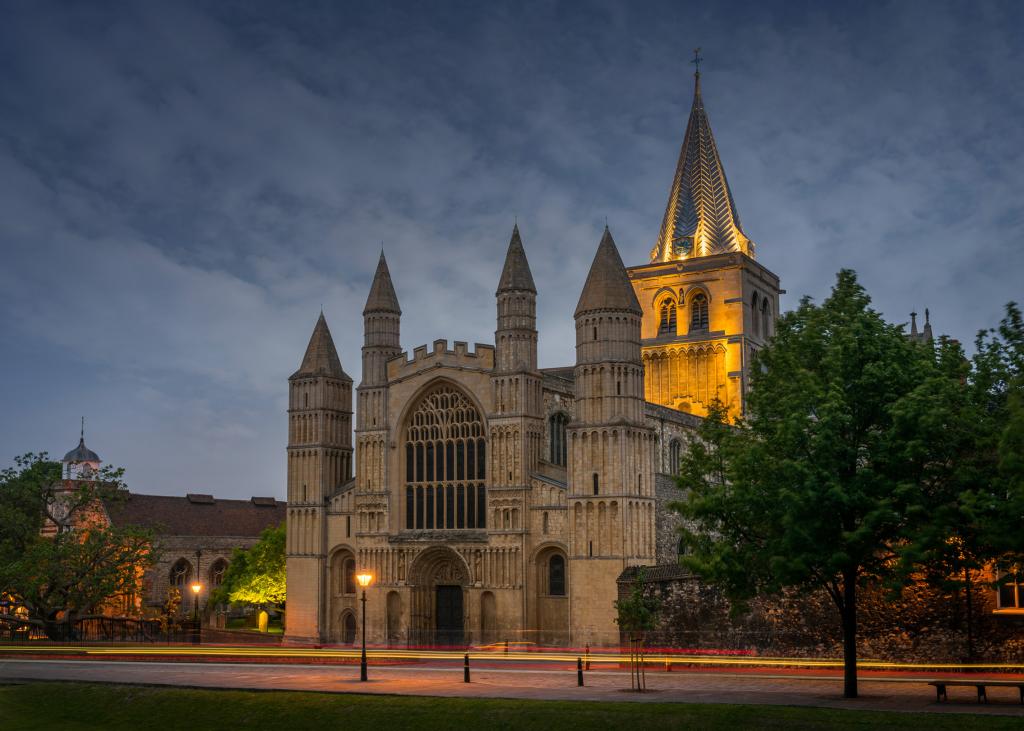
Me: bisexual // Academic writer girl // One who is transformed
“PING!” beeps my computer as it announces a new email, sent by Robyn. Her call for writing is like a storytelling guide, with many interlinked questions: “How has aging transformed you?” “What have been the most significant moments or transitions in your life?” “What do you imagine your future holds?” Pondering these prompts, for a short moment, I feel like I am in a movie, at the point where someone (almost) dies and we—the audience—see a life flash by. My brain replays some film-like memories, scary ones of the nagging children on the schoolyard and my homophobic ex-boyfriend, but also happy ones, of the first European Bisexual Conference. And I realise that Robyn cannot know how she and her work have affected my transformation. So, time to answer her questions!
Originally written for Bi Women Quarterly aka BWQ.
As a bi+ women in her thirties, I can say that aging has made me more relaxed about the whole labelling thing. Until well after my teenage years, I was afraid that people would think of me as greedy, over-sexed, weird, and on the loose. Moreover, there was no way for me to defend myself from the often-heard claim that “this is just a phase.” Sometimes I feel more attracted to women, sometimes to men, so yeah, it comes and goes in phases, so I guess that perhaps, maybe, this could be … a phase? I just wasn’t sure, so it seemed best not to talk about it—notwithstanding some very intense “friendships” and a huge crush on a classmate. The first years of my adult life, I dated a male violinist. When I told him that I fancy women as well, he was thrown back and forth between fantasies about threesomes and a devastating jealousy of my female bestie—or any other girl that I might have smiled at. It made me wish I could turn back time and keep my inner thoughts to myself. I ran away from my evil ex and slowly but surely, I started to accept myself. For the first time in my life, I dated a girl. A beautiful red-haired Steampunk girl. She was smart and funny, enthusiastic, affectionate and curious … and just not that into me. After two months, she ghosted me. I was deleted from her life. She, however, shall never be erased from mine, as I keep my memories and feelings—the confirmation that it was not “just a phase,” but an essential part of my personality. Something to explore, to find satisfaction and happiness. Perhaps even something to express and to be proud of?
The real snowball effect began three years ago in Amsterdam (the Netherlands), when my partner and I went to EuroBiCon, the European Bisexual Conference, in July 2016). Talking to the other participants, I realized that in many ways I am just like any other bisexual girl. Someone said they fantasize about getting married someday, standing at an altar in a flannel gown, three bridesmaids in cuffed jeans to my right, giving my betrothed finger guns as they walk down the aisle … Jokes like this made me feel I’d finally found my tribe. I felt at home, not just tolerated but celebrated, as I presented a paper about queer mermaids, hosted a workshop on Hans Christian Andersen as a bisexual mermaid, made new friends, played games both analog and digital, went to an awesome ‘80-90’s disco, had fabulous vegan food, and . . . met Robyn Ochs. As an academic cum activist, Robyn made an indelible impression on me.
Where I was half-heartedly hiding my sexual orientations behind my academic aspirations, Robyn introduced herself as a “professional bisexual” and matter-of-factly explained that she has identified as so for over 41 years. Casual and cool, she talked about her own experiences with big themes like gender, sexuality, identity, and coalition building. And she was unique in her approach. For example, she involved her audience at EuroBiCon not just by asking questions, but also by inviting them to gesture with her, so that at the end of the story everyone knew a kind of hands dance that summarised her lecture. I was so impressed with Robyn that I googled her on the train back from Amsterdam. Of course, it did not take me long to discover her grassroots publication Bi Women Quarterly, and I dove into the archives.
The more I read, the more I learned. And with every new issue that comes out, more puzzle pieces fall into place. The latest issue of BWQ, for example, inspired me to write #biku (including the title of this piece). But it also taught me about non-binary identities. Before reading the articles in it, I had seldom considered “non-binary” as a word to describe myself. OK, I might not have been a typical “girly girl,” but I was and still am a girl, right? I have long hair, dresses and cute Japanese underwear with kawaii animals. But my appearance is not really important to me; I seldom do makeup or high heels, and I wear comfortable clothing. The same goes for my hobbies—I can enjoy sewing some glittery mermaid outfits for my dolls in the morning and engage in martial arts in the evening. I never categorize my taste, my style and my (dis)likes as “feminine” or “masculine.” Just as Mariah Cruz wrote in her BWQ piece “Neither/Nor”:
“Mismatched, rag tag, some of this and some of that. It’s how I’ve always rolled.”
In my childhood, this led to some awkward situations, as other children often considered it hilarious for a girl to like “boy-things,” like robots, computer games, and LEGO Technic. Ignorant about the beautiful French language, they even assumed that my name, ending on a ə [shwa], was something in-between the female Martina and the male Martin. And I kinda liked that thought, as it seemed a nice solution to their problem. My cats did not seem to make any distinction, they liked or disliked other cats in our street, regardless of their gender. My father once told me that my cats probably thought that I was a cat as well, but I assumed that they just did not care whether I was a human, a mermaid, or a cat—as long as I was nice to them, they would be nice to me. If only my classmates had able to do so … but it was just not in their nature.
To me it seems as if human nature has always tried to reduce the world to binaries—good or bad, friend or foe, right or wrong. However, not many situations in real life fit into binary thinking. Just as I can feel attraction towards genders similar to my own as well as to genders different from my own, I can create my own gender-space. I can be in between by being neither feminine nor masculine, or both at the same time. When learning their language through Duolingo, I discovered that the Navajo have words for non-binary genders. They are pronounced “nádleeh” (for a male-bodied person with feminine nature) and dilbaa (masculine woman). Both terms can mean something like “ambient being,” “one who changes” or “one who is transformed.” The concept is often translated as two spirit(s) – “a contemporary English term to reflect gender diversity that Indigenous Nations have always had,” according to Dr. James Mamokis. But this “Western” either/or black-and-white thinking tends to bring out literal interpretations of things, hence creating absolutes. Personally, binary oppositions have often made me feel pigeonholed. Binary thinking divides people, causes extremism, and reduces people to a set of arbitrary variables. Moreover, it leads to judgment, authoritarianism, and fundamentalism.
Of course, I do not mean to say that all binary thinking is all bad, as it can provide us with easy solutions in daily life. But complex subjects such as identity require more continuous, fluid, spectrum thinking that encapsulates multiple options and alternatives, holding the nuances and possibilities that sit of the grey zone. Despite the misleading label, my bisexuality in itself is non-binary, as my attraction is person-based and can advert me to people of endless genders and preferences. My autism is non-binary as well, for it makes me simultaneously disabled and abled. I often joke that I am Schrödinger’s autistic, but unlike his (fortunately completely imaginary) cat, I came out of my box. Honour where it is due, it was Robyn who inspired me to find my voice and to write my ‘auti-ethnographies’—the stories about my lived experiences as a bisexual non-binary Aspergirl. As Dr. James Mamokis puts is: “Two-Spirit people are very gifted individuals, and they can do many different things if people don’t stifle their growth and development.” And Robyn did quite the opposite, she encouraged me and even provided me with a platform. I have now written for BWQ about the intersections of my two invisible identities (Bisexuality + Autism) and about my childhood experiences (First Love).
Robyn’s latest prompt—“What do you imagine your future holds?”—led to this third essay, which just writes itself. My wish is to inspire and encourage other people, just as Robyn and the many BWQ authors have done for me. But I try not to build castles in the sky, as there is no need for that: I lead a fulfilling and happy life. Moreover, I do not see life as something with defined phases, ending with a kind of “conclusion” or “completion.” The cinematic collage that Robyn’s e-mail evoked from me is a home video, pieces of raw material loose one after the other, not a tightly-edited blockbuster. It is up to us to make sense of our life stories, to practice storytelling by association, to recognize themes and learn to improvise on them. Of course, it is scary to show yourself. But that is precisely what those more than 30 years have taught me: the more you accept your vulnerability, the less afraid you will be.

2 Comments
Pingback:
Pingback: